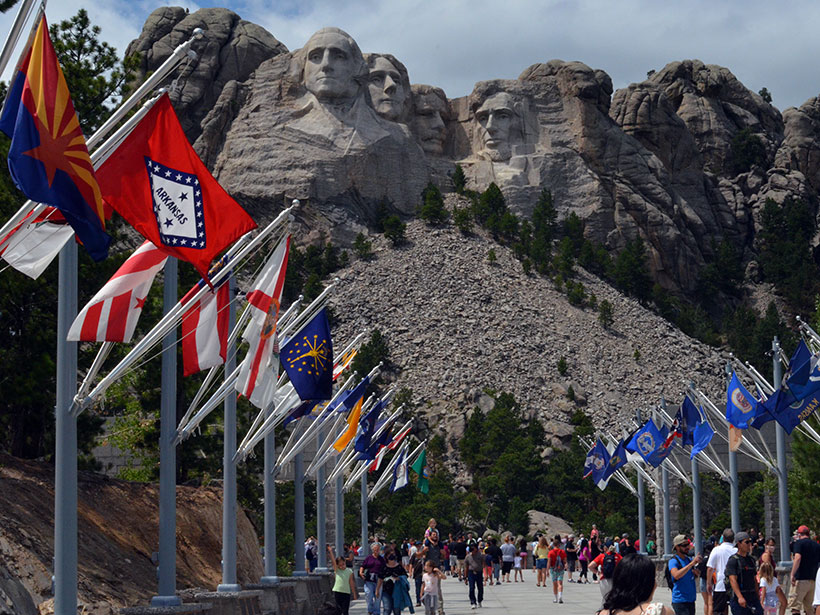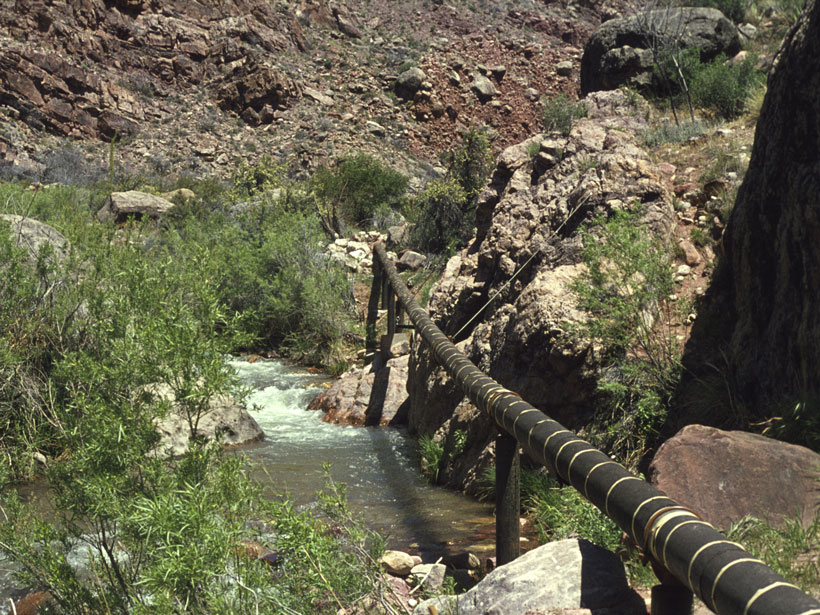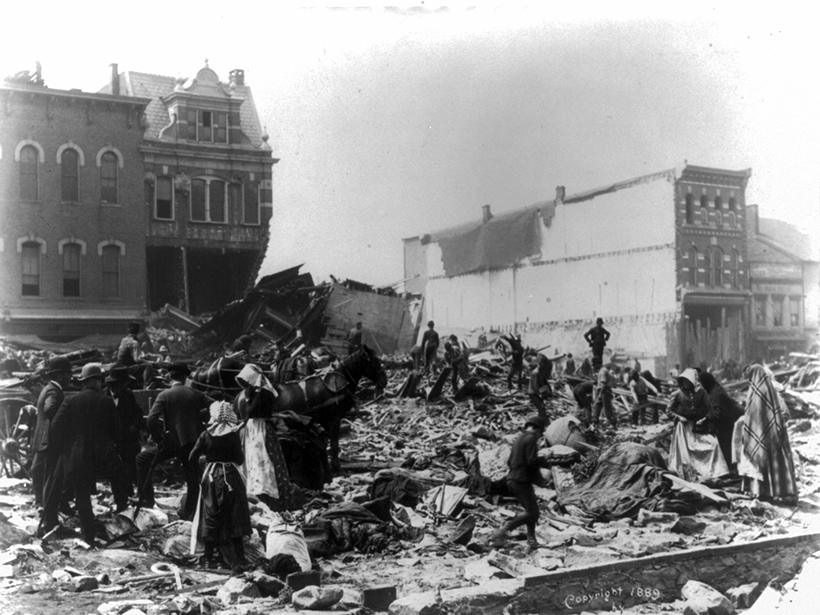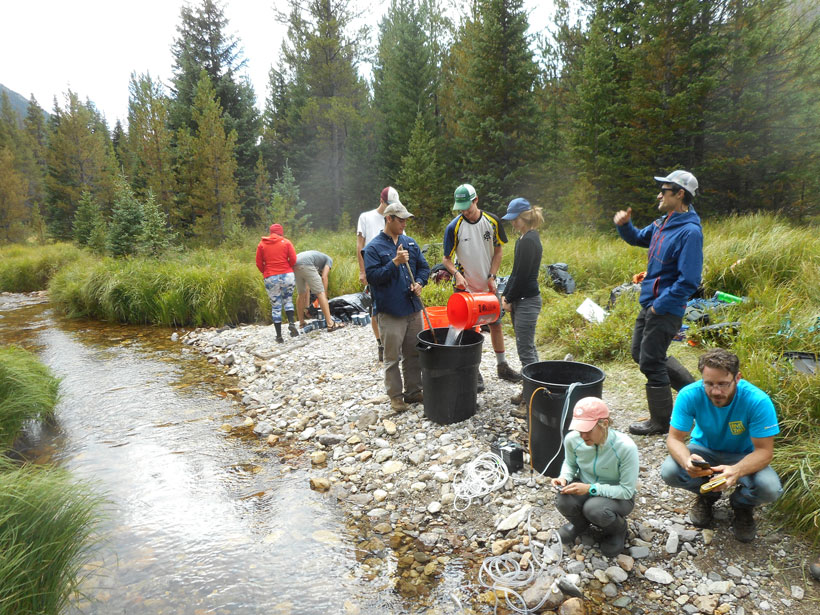Living in Geologic Time: Backpacking through the past, present, and future of fire on the John Muir Trail.
national parks
Mount Rushmore’s Six Grandfathers and Four Presidents
Living in Geologic Time: How long will it take for erosion to erase Mount Rushmore?
The Delicacy of Arches
Living in Geologic Time: How long will Utah’s arches grace the red rock desert?
Lost in the Everglades
Living in Geologic Time: An unintentional adventure in the River of Grass shows how Florida has changed dramatically over 15,000 years of human habitation.
Rastreando Los Misteriosos Manantiales Del Gran Cañón
Mejorar los modelos ayudará a proteger una fuente crucial de agua potable para ambos bordes del Parque Nacional del Gran Cañón.
Tracking the Grand Canyon’s Mysterious Springs
Improved modeling will help protect a crucial drinking water source for both rims of Grand Canyon National Park.
Podcast: The Johnstown Flood—A Most Avoidable Tragedy
How a dam failure near a small town in Pennsylvania continues to cast a shadow over the region more than 100 years later.
The Bigger They Are, the Harder They Fall
New research tracking 1.8 million trees found that tall trees died at more than twice the rate of smaller ones toward the end of extreme and persistent drought.
Dive into Stunning Sea-Inspired Art
Every year, children from around the world craft unique pieces of art showcasing species found in Massachusetts’s Stellwagen Bank National Marine Sanctuary. Take a dip underwater with these marine masterpieces.
Connecting Students and Mentors Through Local Research Hubs
An online database can help connect prospective student researchers with university faculty members and collaborative projects that need their help. Could this model work at your university?










